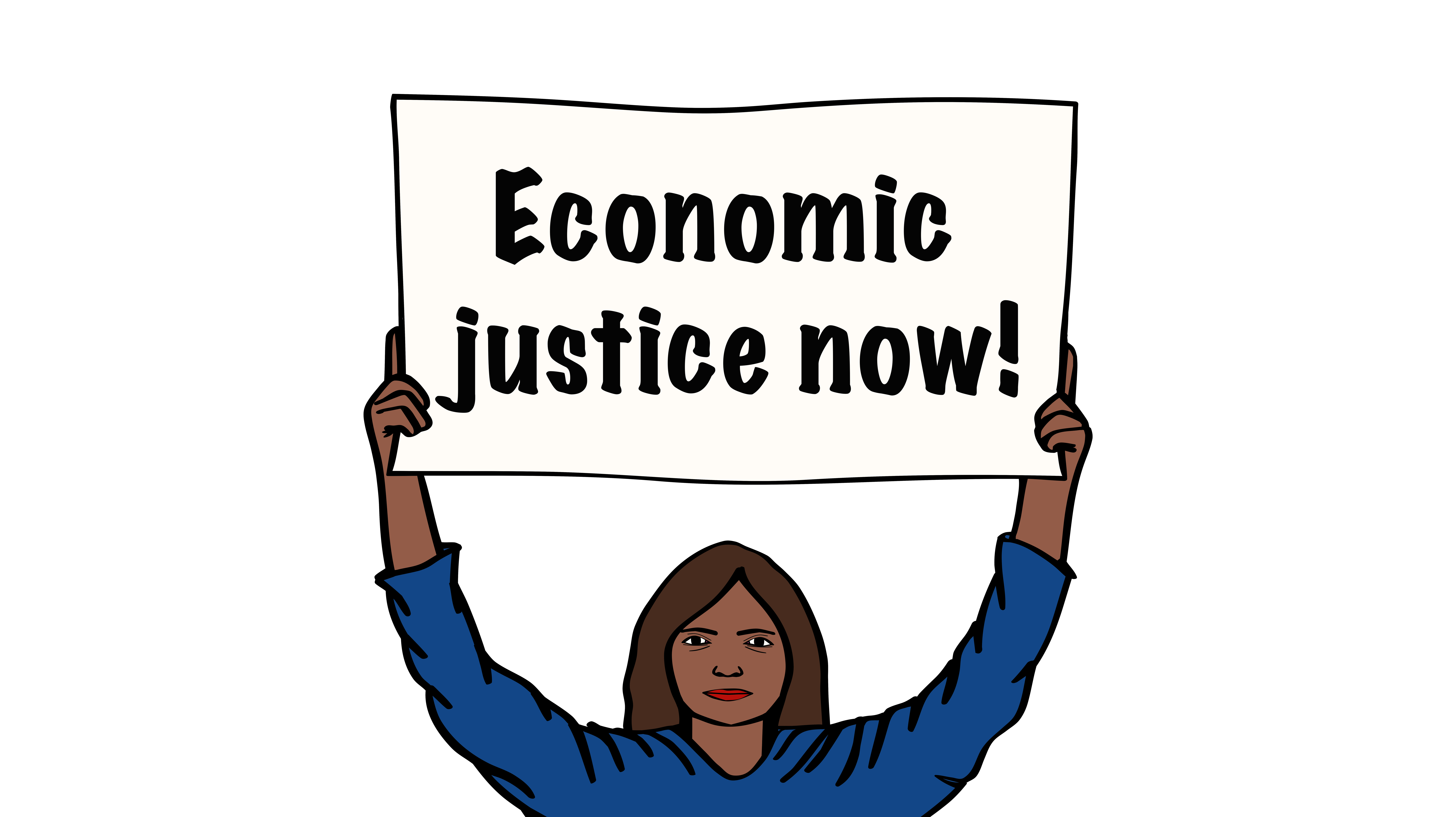Zambia is registered by the UN as one of the world’s least developed countries, and a recent poverty assessment in Zambia found the level of extreme poverty to be around 48 per cent in 2022, compared to around 41 per cent in 2015.
Already before the Covid-19 pandemic, Zambia was struggling with severe debt problems. Meanwhile, on the revenue side, Zambia continues to suffer from heavy impacts of illicit financial flows.
For more information, see the summary report.


